Trochus, The Unsung Mother of Pearl
Fancy a seashell whose name relates to a toy! Trochus is often referred to as 'top-snail', due to its shape reminiscent of a spinning top.
From the highly varied 'Class' of Gastropods, jump down 3 levels of biological classification, and you land in the Genus of Trochus, a sea snail that has many species, each with a unique shape, size, color or geographical origin.
An Important Resource to Local Communities
The shell is harvested primarily as a subsistence food source by people living near the coast. Trochus meat is best eaten fresh, but locals will smoke what they can’t eat fresh to make it last longer. The smoked meat can sometimes be seen for sale at the local village markets.
In these remote reef islands, there are few opportunities to earn money. Communities rely on the income from selling the shells to purchase fuel for their boats, cover basic supplies, education and healthcare. They collect the shells from the wild and bring them in to a licensed Trochus buyer in town, usually about once a month.
More on the subsistence of coastal people in our next blog post.
Main Habitats
Reefs and their close surroundings . Trochus forage on very small plants on ocean floors and corals, down to 20m deep.
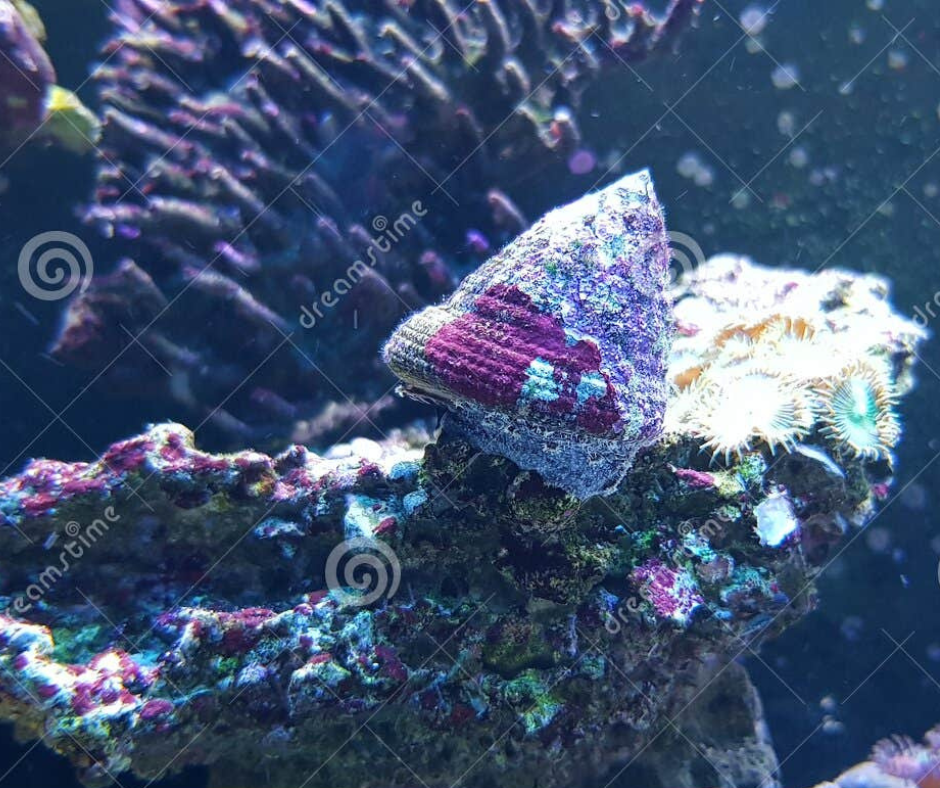
Their natural origins are traced back the the eastern Indian ocean and the Pacific, but only as far East as Fiji. It is also found from Japan in the North Pacific to Queensland in the South Pacific. Human intervention has seen the introduction of the Fijian species in the Cook Islands and The Vanuatu species in French Polynesia. (Source: https://www.mollusca.co.nz )
The largest size trochus are found in New Caledonia, which has one of the largest lagoons in the world. It is renowned for the thickness of its shell and its beauty as a mother of pearl.
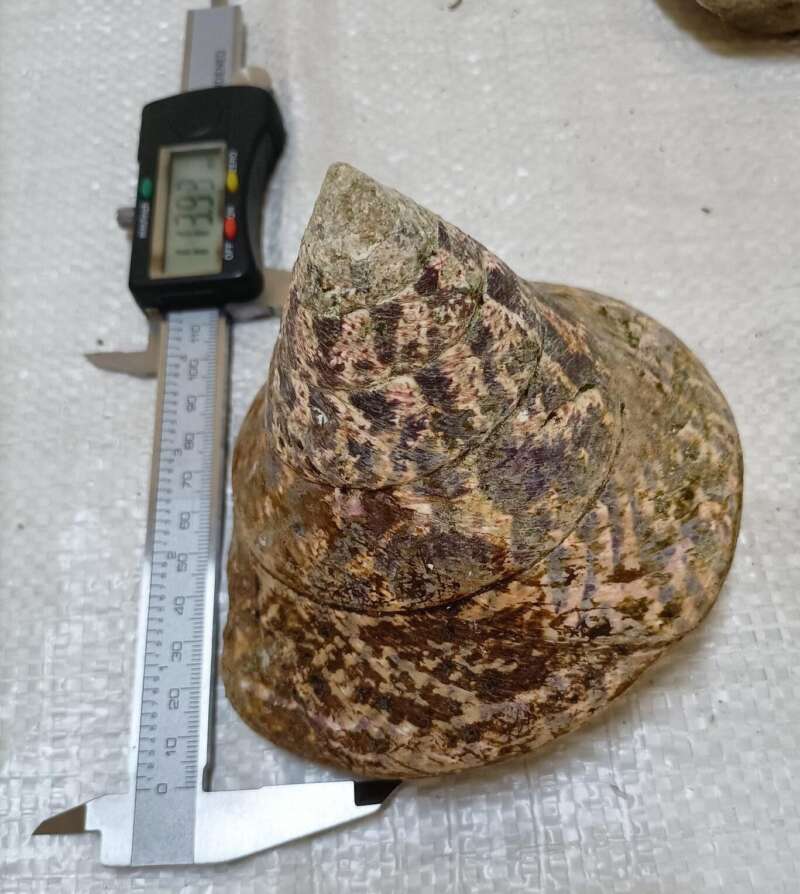
Current State of Trochus Fisheries
Trochus species are not farmed. Commercial harvesting in the wild remained largely unregulated until the early 2000s.
In The Pacific Islands, the top 5 countries for annual exports in recent years have been, by order of size, Papua New Guinea, Fiji, French Polynesia, New Caledonia and The Solomon Islands. Along with smaller nations, they represent over 60% of annual productions, with the other 40% shared between Australia, Indonesia, the Philippines, Okinawa, and minor areas.
The 1980s and 1990s saw flourishing demand from the fashion industry, in France, Italy, the USA in particular. Those years were some of the hay days of trochus commercialization.
However, the introduction of plastic buttons, most which are designed to imitate Trochus and Mother of Pearl buttons with their pearly iridescence, and the abundance of farmed Mother of Pearl from French Polynesia, Indonesia and China saw a drop in global trochus harvest from the early 1990s to the early 2010s of approximately 50%. Global production went from 3900 tons to 2020 tons.
Another factor for the drop were growing concerns around depletion of trochus fisheries and overfishing, resulting in governments starting to introduce regulatory and management measures.
Protection of the Species:
Government Regulations
Reduced harvests are partly due to proactive measures implemented by local governments. The best results are obtained by countries that have enforced a combination of the following 3 regulations:
- Minimum size of shells harvested, limiting the catch to adult shells.
- Reduced harvest seasons, in some cases down to 2 weeks a year, and total ban outside the season
- Delivering permits with maximum quotas for every permit holder.
-Prohibition of night time harvesting, use of scuba tanks and huka breathing devices.
In Papua New Guinea, minimum and maximum size limits were introduced in 2002 to allow Trochus to have one to two years of reproduction before meeting the minimum harvest size. They also banned the harvest of trochus at night, as this is when Trochus come out from their hiding places, thus easier to harvest.
Reseeding:
A controversial practice because it doesn't address the root cause of depletion. Re-populating, or re-wilding of the shells has been attempted with various levels of success. Shells are reared in hatcheries and transferred into the natural habitats when reaching juvenile state.
Critics highlight the risk of reseeding as an encouragement for renewed overfishing of a resource replenished at a high cost. Tight regulations must continue in tandem, to ensure long term stability of the fisheries.
Although hatching techniques are well known, reseeding remains experimental, with some uncertainty around the resilience of pre-hatched populations against disease and the risk of degeneration.
The Main Commercial Uses
Button Making:
The fashion industry started using Trochus in the 1800s. Initially processed in European factories, then in the Pacific Islands, China and Japan due to increasing costs. One exception is a large Italian factory, only closed in 2017! More recently, Vietnam became the main region for processing trochus shells into blanks and buttons. A factory in Suva-Fiji reportedly remains open only for nostalgic reasons, and only a few more remaining factories outside Vietnam.
Button making is still the main use for trochus, by a long way.
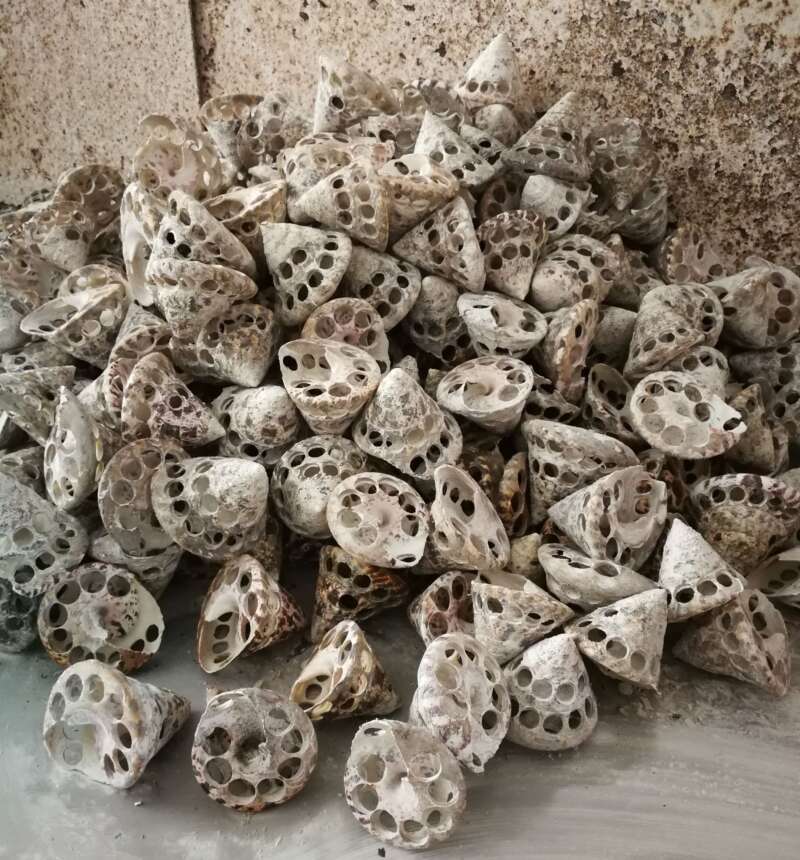
Challenges for the trochus button industry are many:
- Major price drops following fluctuation fashion trends, and buyers questioning the sustainability of the industry
- Subsequent closing of most factories, unable to cover wage costs in particular
- Competition from farmed shell species like the Polynesian Black Mother of Pearl, and the much cheaper, abundant Chinese Freshwater Mother of Pearl.
- Plummeting supply following overfishing and protective measures.
Today, low prices mean that few of the harvesting communities can now survive from trochus exports.
The above information is from the following source: SPC-Pacific Community Noumea, New Caledonia, 2020 - 'Trochus in the Pacific Islands: A review of the fisheries, management and trade'-Robert Gillett, Mike McCoy, Ian Bertram, Jeff Kinch and Aymeric Desurmont-
Jewelry and Ornaments
The by product of button making was shaped into bracelets, beads, and other fragments used in various artifacts
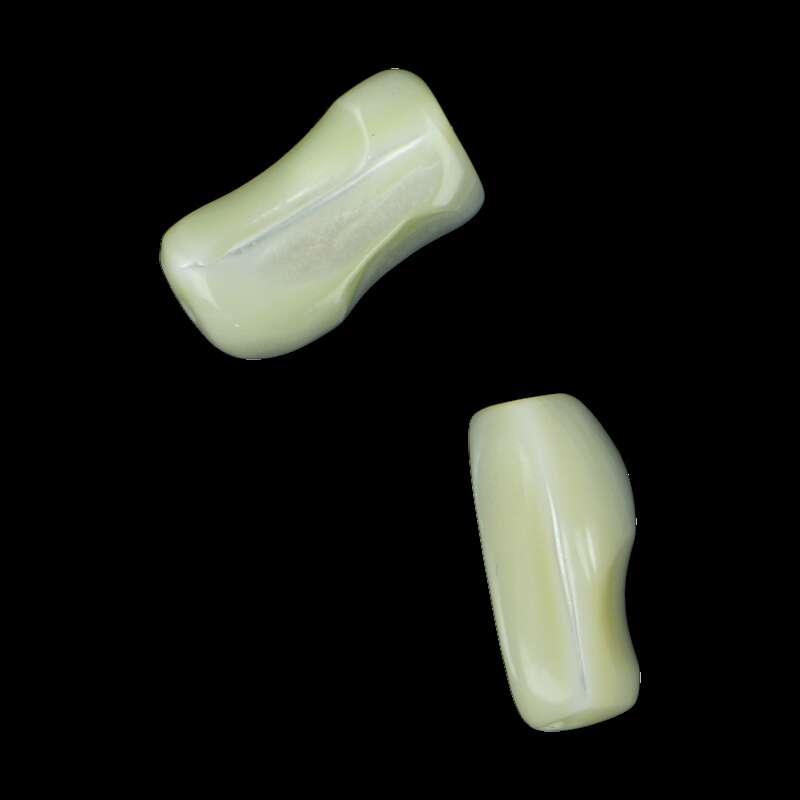
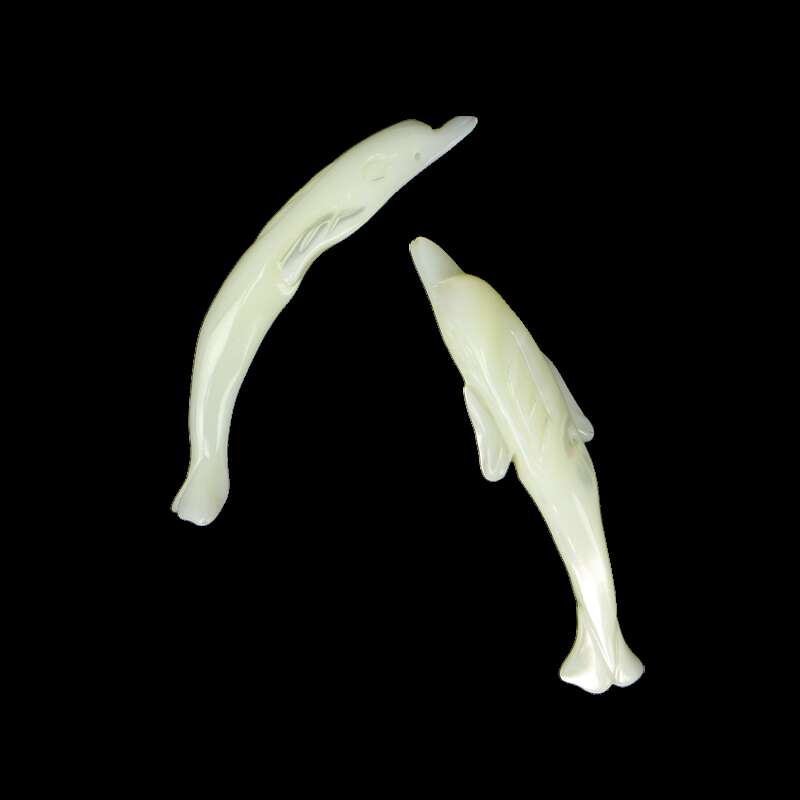
Polished Shells, an attractive item, are also used for artifacts and worn as jewelry on traditional garments. Like most polished shells, they are also found as soft furnishing in lounge suites and on coffee tables.
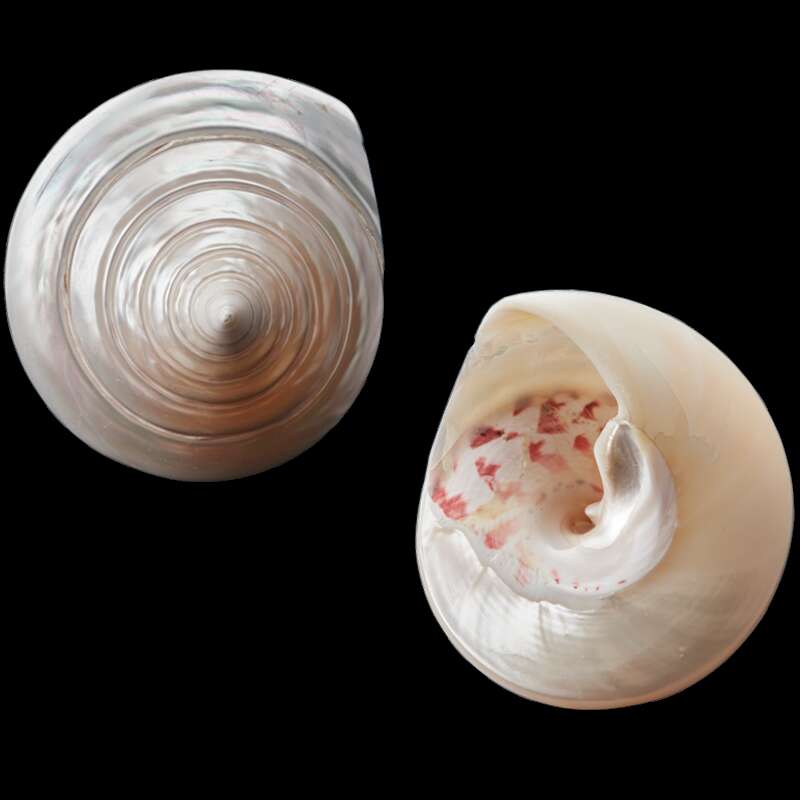
Trochus Terrazzo
The subtle, creamy iridescent pieces of crushed trochus are an affordable alternative to the white pearl oyster of Australia. They are used as embellishment for polished concrete floors and swimming pool surrounding surfaces. Depending on the desired glitzy finish, terrazzo pieces can be 1mmto 4mm, 5mm to 10mm, or 10mm to 15mm.
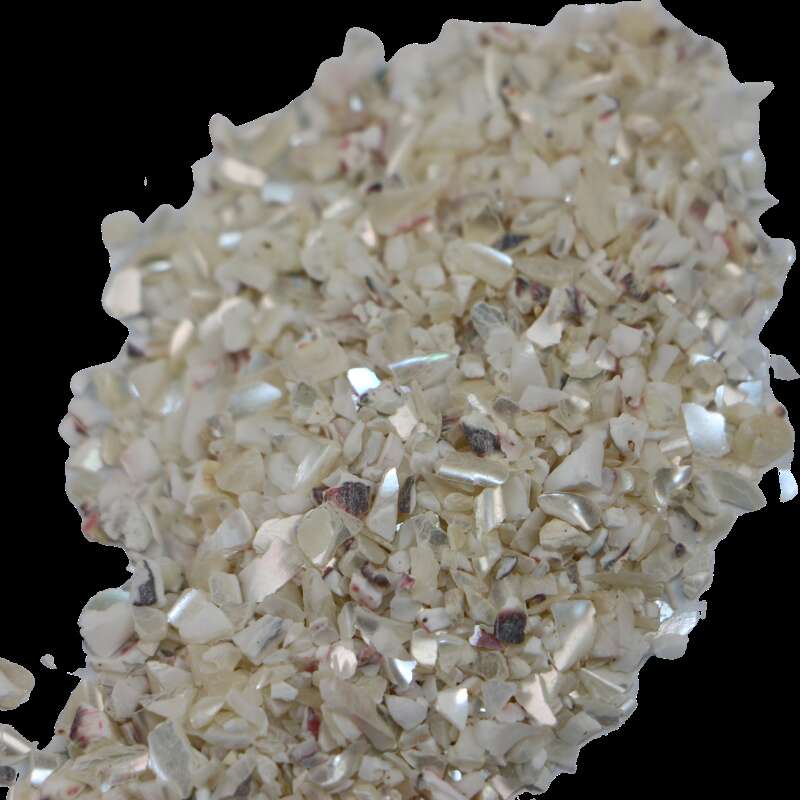
Trochus Powder
An additive to luxury car paints, and also involved in some pharmaceutical experiments for its calcium carbonate content.
Wild Card
The live part of the mollusk has been studied for extracts that can be used as anti inflammatory agents: 'some of the compounds isolated from molluscs exhibited anti-inflammatory activity'
Source: 'In vivo Anti- inflammatory bustle of reef associated mollusc, Trochus tentorium'. Click here for the article for Chellaram Chinnachamy and Edward JK Patterson. 2009
Positive Developments
With proper management and support to the species, some of Pacific island communities can still draw a much needed income from trochus exports.
Governments are increasingly taking seriously the need for traceability of the resource, and effective protection measures for the species. The current leader in exports, Papua New Guinea, is currently working on an official accreditation for producers, possibly available as early as 2026.
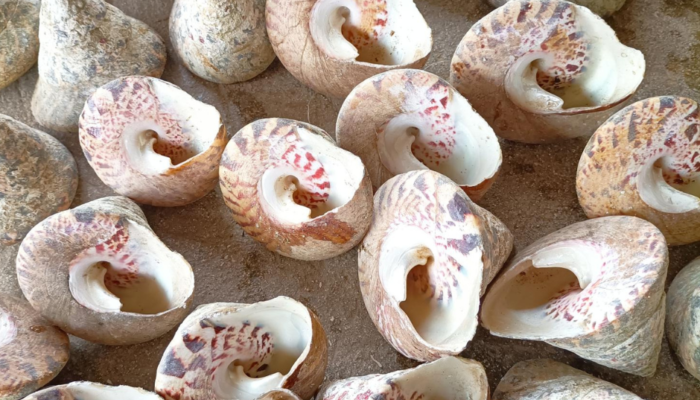
Tell us about your project...
Your project is unique, so we provide personalised advice before delivering worldwide from our studio in New Zealand.
Luméa products are made from natural shell with a variety of factors that affect form and function. If you can’t find the right product from within our range, then talk to us about our custom design service. We love to experiment and collaborate with our partners to create unique solutions.